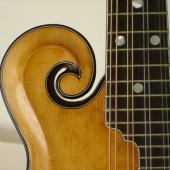-
Posts
817 -
Joined
-
Last visited
-
Days Won
1

fret_man replied to Larry Shelby's topic in Deals


fret_man replied to Larry Shelby's topic in Deals

fret_man replied to Larry Shelby's topic in Deals

